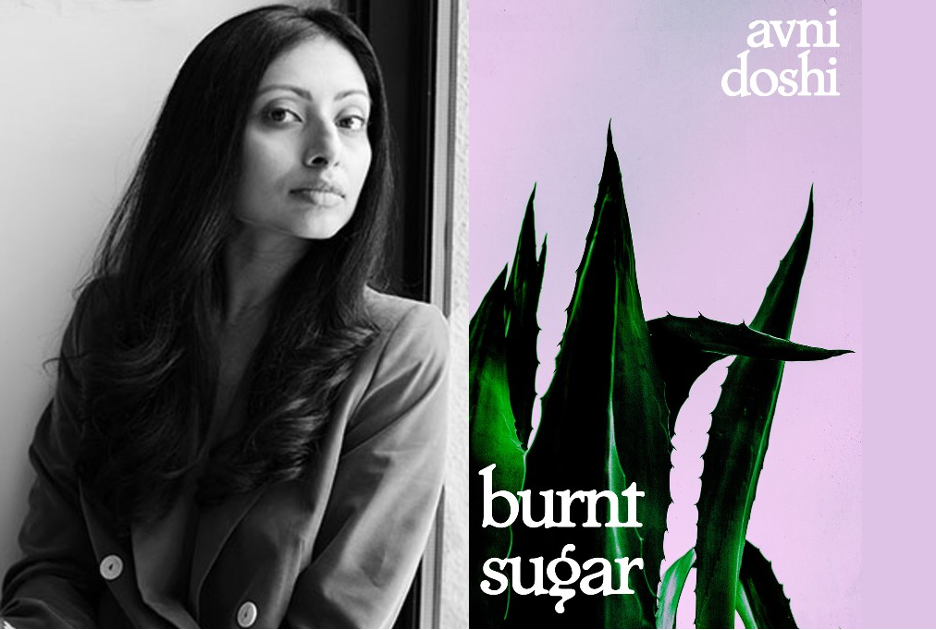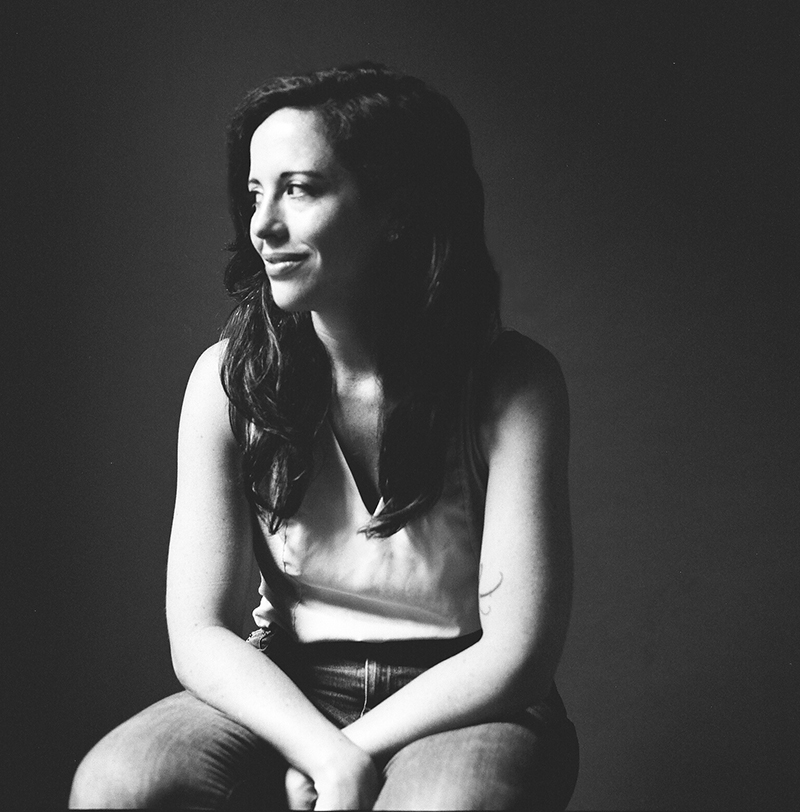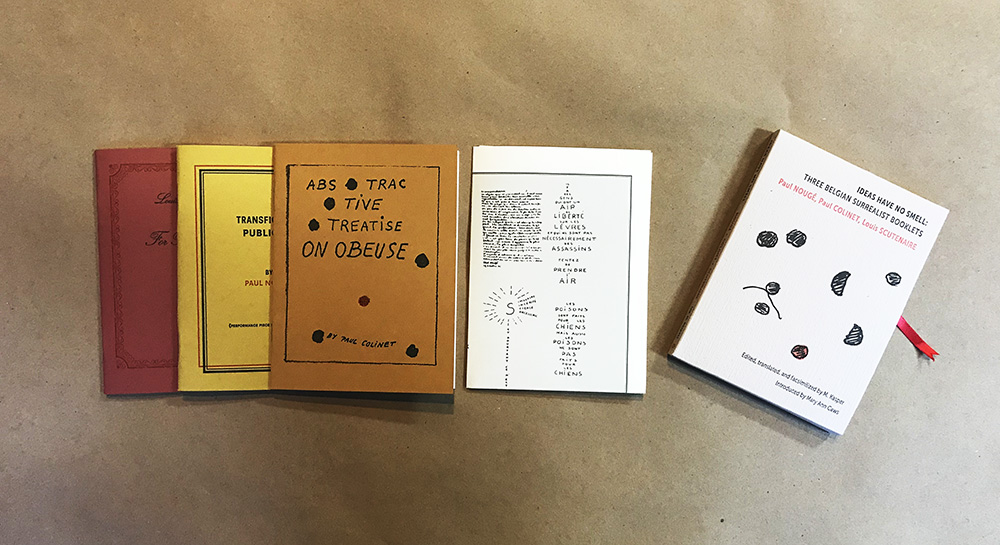Abhigna Mooraka, Columns Editor for Columbia Journal Issue 59, spoke to author Avni Doshi about her Booker-shortlisted Burnt Sugar, her writing process, and her art history background among other things. Burnt Sugar releases in the United States in January 2021 through The Overlook Press.
I’ll start with the basics: How are you? And what’s the Booker celebration looking like?
I’m well, I think. I’ve been busy with a newborn and a toddler, so I don’t have much time to think about other things. It’s a strange moment right now to be celebrating, when the rest of the world seems to be suffering. Being on the Booker shortlist has been the most surreal experience, but I think a part of me feels guilty. How can 2020 be the worst year for so many, and yet possibly be the best year of my life?
I’m curious about the craft aspects of Burnt Sugar. What came first: the plot or the characters? Or was it something else altogether?
It started with an image. With the face the two women, or perhaps one woman, in reflection. I don’t know what was so powerful about that image now, it was so long ago. But it demanded my attention. I wrote into that image and all around it, and a narrative began to emerge. This was 8 years ago now. The novel has been transformed over time. Each draft (there were 8) was completely different than the one before.
Narratively, there’s been an increase in the autofiction trend lately. How much of your personal experience with motherhood (as a mother/as a daughter) has seeped through into your book?
It’s hard to quantify these things, but there are definitely aspects of my experience as a daughter that are in the novel. These are more abstract – they’re feelings or ideas, not so much in the plot, or in facts about the characters. I guess you could say that on paper the narrator and I look very different. But motherhood is something I experienced for the first time only after the novel was well on its way to being published, so that was not at all based on personal experience.
Speaking of personal experience, Burnt Sugar is set in Pune, India. How much of your setting has been derived from your experiences of living in the city or visiting it?
I tried to build Pune in the novel purely from memory. I didn’t want to research or follow some map of what the city looks like. I wanted the place to be a sensory, bodily experience, somewhere that pushes against the mental landscape of the narrator. It’s a deeply subjective understanding of the city rather than a faithful one. Another point about setting in the novel is that it mostly takes place in the interior spaces where the characters live. The women in the novel travel from one domestic space to another, or from the house to the club. That is a particular experience of affluence in India, and I wanted to set that affluence against a feeling of being trapped.
I know you were born and raised, for the most part, outside of India. This is much like Dilip’s character, while the protagonists, Tara and Antara, remain rooted in their identity as being Indian and South Asian. What goes into making these decisions and sketching these identities?
I was interested in thinking through a diasporic experience of identity building through Dilip and his relationship with India and his wife. My own experience has been that Indian communities living outside of India are often stuck in a time warp, observing customs and traditions that are no longer relevant back home. I imagine this comes from a desire for cohesion. In Dilip’s case, he seems to feel more rootless after he moves to India, though perhaps he thought it would be a chance to connect to the culture his parents left behind. He searches for identity through religion, and vegetarianism, by looking through his family tree to find a story that can belong to him.
Speaking of setting, where does Tara and Antara’s time in the Ashram stem from?
I grew up hearing a lot about the Osho ashram in Pune from my mother’s relatives, but I always felt somewhat unsatisfied with the answers I received. The ashram in the novel resembles the Osho ashram very loosely, and I used writing about it as a chance to imagine my way into the unanswered questions I had.
Zooming out and looking at this more broadly: How did writing come to you?
Through reading. I loved reading literature, but I never knew that creative writing was something I could study. I know that sounds ridiculous, but I’m not sure I knew those kinds of classes were offered when I was at school.
Was an MFA ever something you considered? Were there any workshop experiences involved as you wrote and revised Burnt Sugar? I thought this was an interesting angle to look at the idea of writing—how much of a role do you think the presence/absence of a writing community plays in your writing?
I am still considering it, I fantasize about what an MFA would be like all the time. I love learning and being in school, so I’m sure I would enjoy it. I’ve never done a real workshop, except maybe informally during a writing fellowship I did in the UK. I wonder if it would paralyze me – I’m very self-conscious about sharing my writing as it is. I’ve thought about trying to join a writing group because I know how important community is, especially because the writing process is so solitary. I wrote Burnt Sugar alone for the most part, which was really hard. It might be nice to do something different for my next book.
On a related note, how did your Art History background play into your life as a writer?
In the novel, art and the narrator’s creative practice are central to the unfolding of the narrative. Art is another way I think about storytelling. I’m a very visual person, but I think in terms of my writing, I want images to be in service to the story.
This is a question that stems merely from my own curiosity—what was the reason for the switch from Girl in White Cotton (India) to Burnt Sugar (UK/US)? Were they both titles of your own making?
The novel was originally called Girl in White Cotton when I started writing it years ago. In India, white cotton means many different things – it is associated with grief and asceticism. It’s the cloth of widows and renunciates. The novel sold in India first and then in the UK, and my editor there thought that the image of a girl in white cotton wouldn’t resonate in the same kinds of ways, or have the same variety of meanings. She suggested several other titles that might work, and Burnt Sugar immediately stuck out to me.
Since you’ve been shortlisted for the Booker this year, do you think this might affect your future writing? How do you deal with the kind of expectations that follow such a successful debut?
I hope I will be able to write the way I did before, when I had no one looking over my shoulder. I wasn’t afraid of making a mistake, and I think it’s important to have that mindset. Mistakes can be incredibly generative. I guess the key is to just keep writing. The truth is my everyday life doesn’t look very different than it did before. I’m hoping once this all dies down I’ll be able to find a rhythm again.




